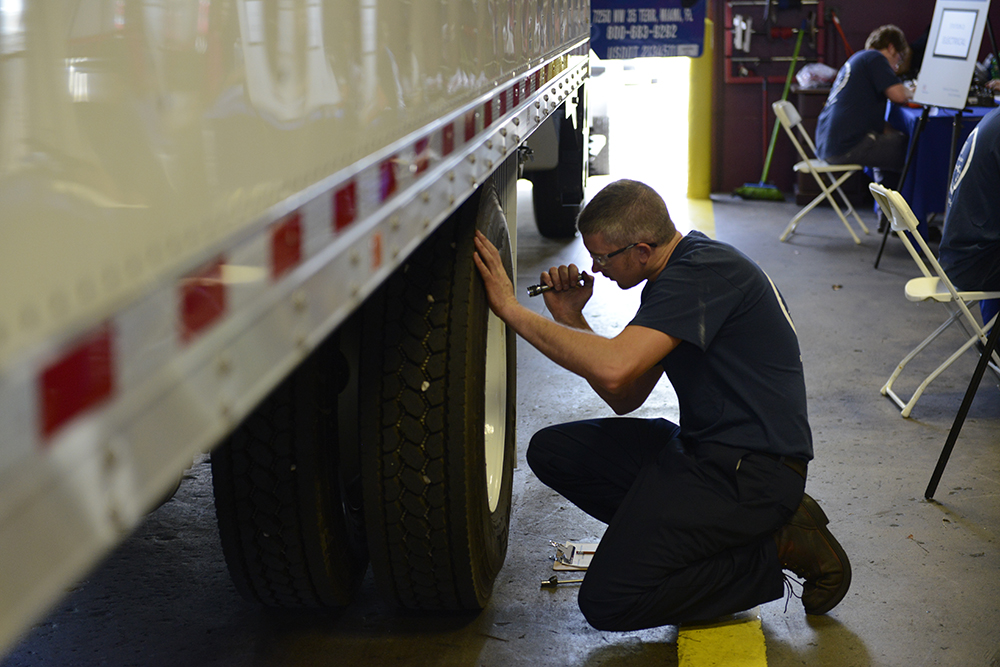When it comes to your tire pressure, over- and under-inflation each have their consequences, according to NationaLease’s Joe Puff.
In a recent CCJ blog “The basics of tire inflation”, Joe Puff, vice president of truck technology and maintenance for NationaLease, discusses how to ensure that your truck tires are properly inflated. Although both over-inflation and under-inflation can cause damage, Joe notes that under-inflation is worse, “because it causes additional belt flex and generates heat – the root cause of most tire failures.”
It’s very important to consider the load weight when assessing the right pressure rather than just using a standard tire pressure that works for an average application in the fleet as some fleet managers do. But Joe cites an example where that practice can fail.
“A fleet manager selects a tire fleet pressure of 95 psi for the steer tire on its average truck. However, during the course of normal operation, a few trucks operate at their maximum load capacity. Assume the manufacturer’s load chart recommends an optimal tire pressure of 110 psi for that axle at that load rating. Going with the fleet standard 95 psi means the tire is now inflated 14 percent below the manufacturer’s recommended pressure. That equates to a lot of extra heat being generated. It is important not to confuse the fleet target tire pressure with the manufacturer’s recommended pressure chart for the load requirements.”
But over-inflation is also an issue, making tires more vulnerable to tread cuts, sidewall damage and impact damage. Joe suggests that fleet and maintenance managers should consider specific issues when assessing the correct tire pressure including axle rating, load, tire rating, and speed. To make sure tire inflation is correct, it is vital that shops should “invest in a very good quality shop master air pressure gauge and regulator plumbed into the shop air system.”
To see more of Joe’s suggestions and to get some basic safety tips, read the full article.


